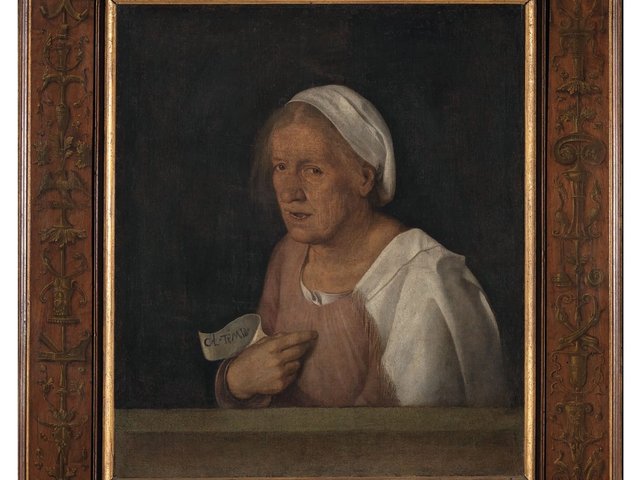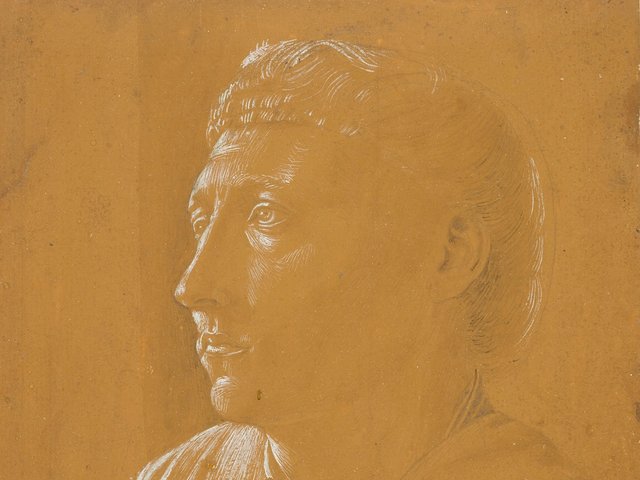The Royal Academy of Arts in London presents nearly 50 paintings and a handful of drawings in an exhibition that aims to be a snapshot of the state of Venetian painting in the decade 1500-10 (In the Age of Giorgione, until 5 June). By this time, Leonardo da Vinci had introduced important discoveries, particularly the sfumato technique to create moods and the importance of presenting accidente mentale or psychological insights in portraiture; Albrecht Dürer’s visits to the city introduced the realism of closely observed details, among other things. Giorgione had been the first in Venice to absorb these elements and combine them with the light-filled, highly coloured Bellinian tradition.
At the same time Titian, Sebastiano del Piombo, Lorenzo Lotto and others were coming of age as artists in this crucible. The paintings themselves embody this pictorial ferment, but there is a problem at the heart of the exhibition: which works are Giorgione autographs? How can the viewer be sure of Giorgione’s primacy when he or she cannot know if the works are the artist’s? (One eminent expert confided that he believed there was only one authentic Giorgione in the show. Anathema sit, for sure.)
Speaking at the press view this week, the show's co-curator, Arturo Galansino, the director of the Palazzo Strozzi (the other is Simone Facchinetti, curator of the Museo Adriano Bernareggi, Bergamo) brushed aside the questions of attribution, claiming that it was more important to consider these artists as an ensemble, a generation, all talking the same language, rather than looking for individuality in the works. Never mind the quality, feel the width. Well, maybe. What must be said emphatically is, however, that the quality of the paintings is superb and, as they come from all around the world, this is a rare opportunity to see this generation of Venetians all in one place. It must be noted, however, that the lighting in the Sackler Gallery is very bad. In a show that encourages us to contemplate surface qualities of paint, to find the tops of the picture planes obscured by strong black shadows is deeply frustrating.



